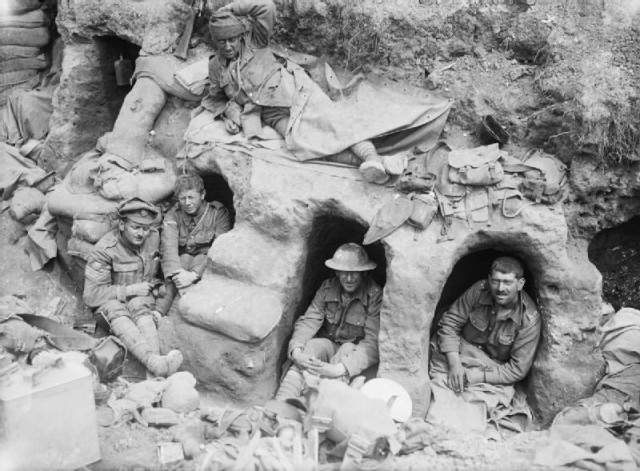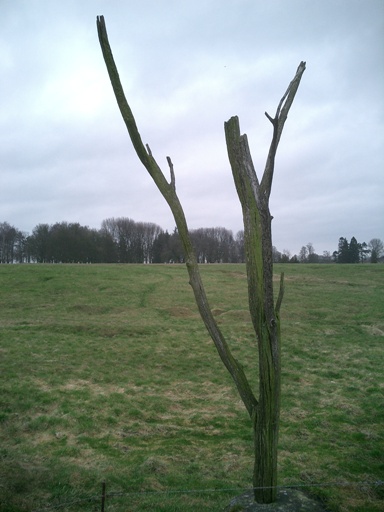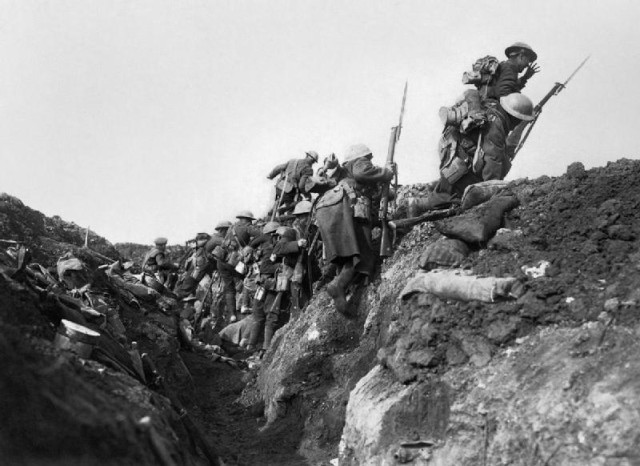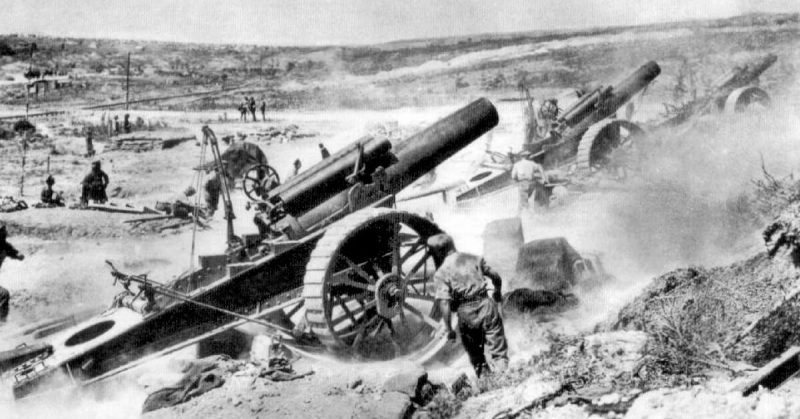The Battle of the Somme was originally meant to be predominantly a French offensive.
The Battle of the Somme was first planned in late 1915, and was originally intended to be a joint attack with the British and French troops to try and drain the German forces of their reserves, with any territory gained a secondary mission.
Sir Douglas Haig, the new British Commander in Chief, was granted authorization by the British Government to undertake a major offensive in 1916, though he would have preferred the location to be the more open area of Flanders.
Plans changed at the beginning of 1916 with the brutal German attack at Verdun, where the German Army Chief of Staff said he intended to ‘bleed France white,’ French troops were directed elsewhere. As a result of Verdun the French ordered the date of attack (at that point, set as 1st August 1916) be brought forward to the fateful 1st July to try and divert German resources from Verdun to defend the Somme, the idea being that Germany couldn’t handle two major offensives at once, so the attack fell into British hands.
The first day of the Battle of the Somme holds the record for most people killed in one day during the war.
July 1st, 1916 holds the record for being the bloodiest day of the war with a shocking 57,470 British casualties and almost 20,000 fatalities.
In some places, the trenches were only separated by a few hundred yards of no man’s land. The British forces, which included troops from Britain, Ireland, Newfoundland in Canada, South Africa, and India, spent seven days bombing the German trenches and then sent 100,000 men over the top to take the trenches. They were confident it would be a victorious battle.

But the German troops had reinforced and had machine guns; the Allied forces were mown down in their hundreds and were unable to break through the German defenses.
During the five months that would follow on the Somme offensive more than a million soldiers from Allied and German armies were injured or lost their lives.
There was a tree used as a landmark, which has been preserved and still stands today.
Halfway between the British and German trenches, one solitary apple tree still stood. The Newfoundland Regiment troops rallied to the tree, but it provided only a little cover for them and due to the angle of the slope the men approaching the tree would become silhouetted against the sky from the German trenches. This made them easy targets for the machine gun and heavy artillery fire. Danger Tree has been preserved with a concrete block around it and still stands in Newfoundland Memorial Park today.

The British troops fired more than 1.7 million shells and bombs at the German lines in the 7-day bombing before the first day of the battle.
The idea was that the heavy artillery fire and bombing would destroy the German trenches and barbed wire placed in front, then the British troops would go over the top and walk their way across no man’s land without any enemy fire.
But they didn’t know how deep the German trenches were, or how much more advanced their lines were. The Germans had bombproof shelters and wire entanglements shielding them forty yards wide, some wires being as thick as a man’s finger.
The dugouts were so deep that all the soldiers would move into the safety of these when the bombardment began, and once it stopped they would have expected the Allied troops to advance, making it the perfect time to leave the safety of the deep bombproof shelters and point their own machine guns and artillery fire at the advancing infantry.
Tanks were used for one of the first times during the later stages of the fighting.
The French Tenth Army joined the attack in the Somme on a front to the south in September 1916, while the British renewed their offensive in the north-east. The Battle of Flers-Courcelette made by the Fourth Army on 15th September made use of tanks for the first time.
50 tanks were sourced and reached the Somme in September however this number halved due to mechanical and technical failures. While the Germans were shocked by the tanks, the early machines were highly unreliable, some even fired on their own infantry and others got lost.

Progress in the battle was helped by the arrival of four tanks at a critical moment and the village fell to a single tank assisted by various troops.
The Battle of Flers-Courcelette, despite the tanks and 15 divisions of men being deployed, only gained under a kilometer of territory
After 141 days of fighting the British troops had only advanced seven miles.
Snow was the cause of the Somme offensive’s end; poor weather meant the fighting had to stop in November 1916. Many criticized Chief Commander Haig’s decision to have the fighting continue so late into the year, and his conduct during the Battle of the Somme caused controversy and is still debated to this day. Some said that Haig’s hand was forced and the offensive at the Somme was necessary to divert German forces from Verdun while others argue he had an inflexible approach and kept repeating failed tactics which led to unnecessary loss of life.
The fighting lasted from 1st July 1916 – 18th November 1916 and resulted in an estimated 420,000 British casualties. Figures place French casualties at 200,000 while German casualties were at approximately 500,000 for what was just seven miles of land.
